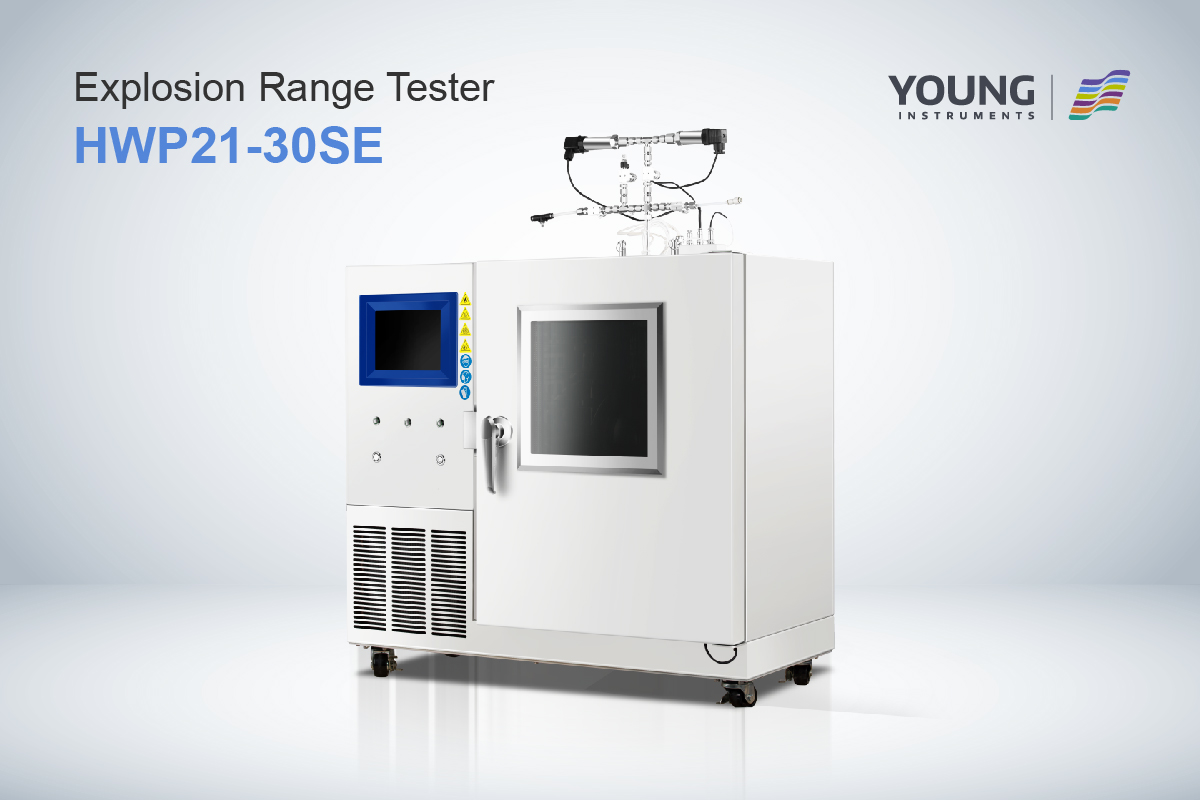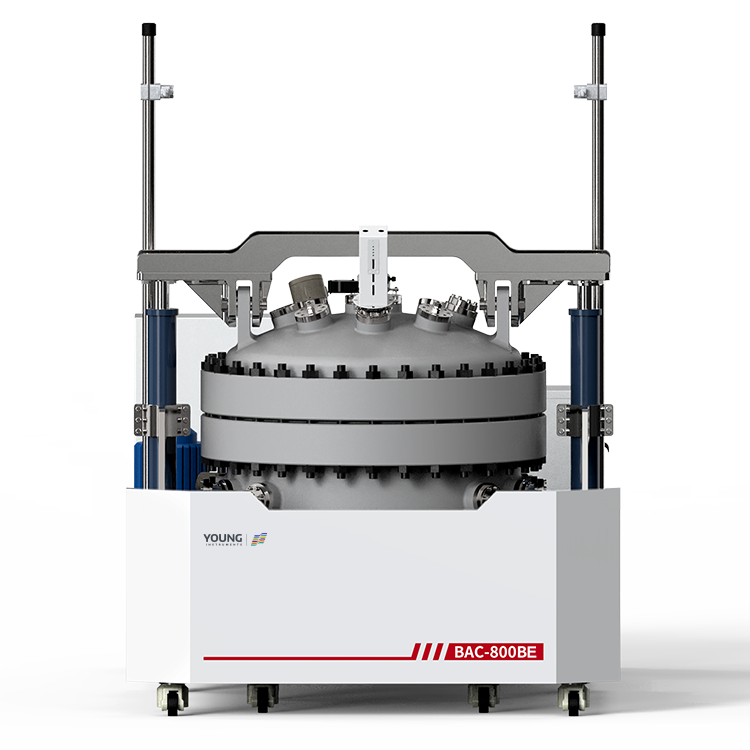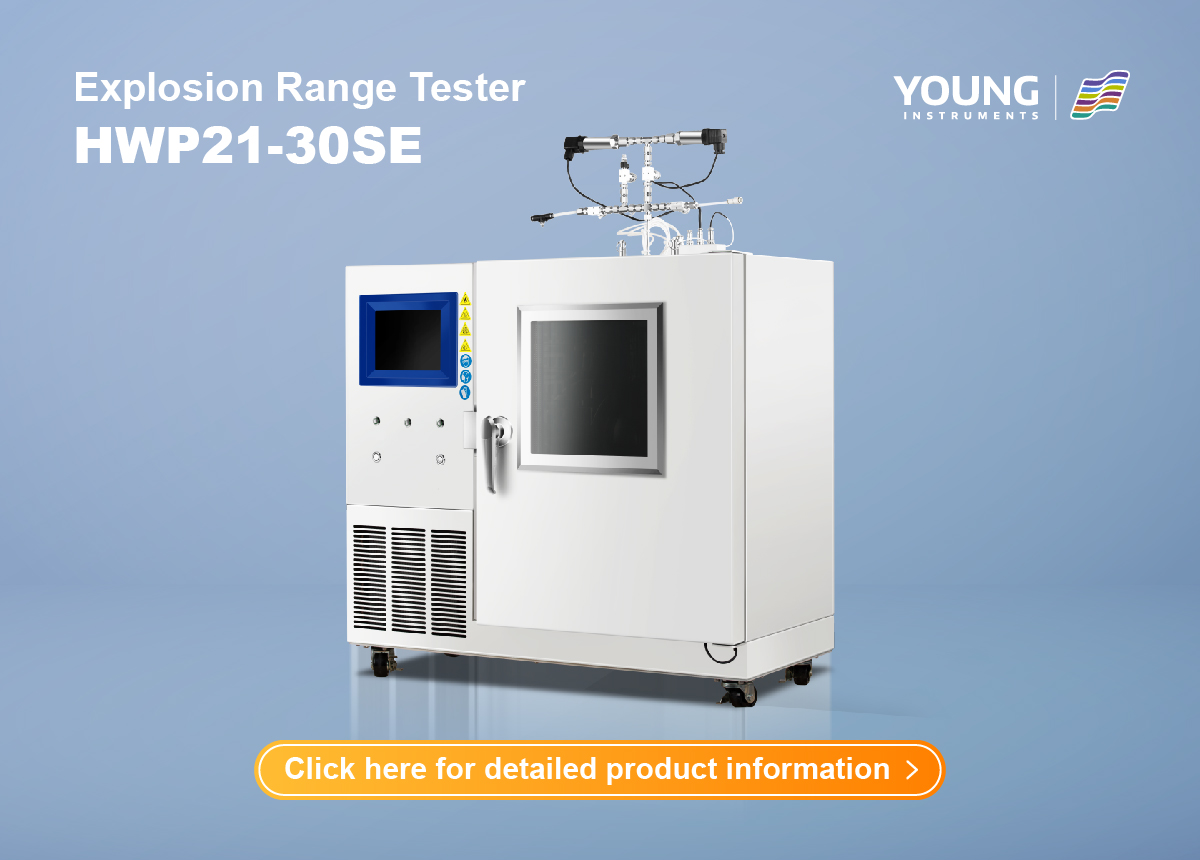Explosion Limit Tester: Understanding the Basics and Importance
Explosion Limit Tester is an essential instrument in the field of industrial safety. It is used to determine the minimum and maximum concentration of a flammable gas or vapor in air that can cause an explosion. The instrument is designed to measure the Lower Explosive Limit (LEL) and Upper Explosive Limit (UEL) of a gas or vapor mixture.
The LEL is the minimum concentration of a gas or vapor in air that can ignite and sustain a flame, while the UEL is the maximum concentration of a gas or vapor in air that can ignite and sustain a flame. The Explosion Limit Tester is used to determine the LEL and UEL of a gas or vapor mixture, which is critical in determining the safety of a particular environment. The instrument is commonly used in industries such as chemical, oil and gas, and pharmaceuticals where flammable gases and vapors are present.
With the increasing importance of safety in the workplace, Explosion Limit Tester has become a crucial instrument to ensure the safety of workers and prevent accidents. The instrument is available in different models that can measure various parameters such as explosion pressure, rate of pressure rise, and minimum oxygen concentration. A reliable and accurate Explosion Limit Tester can help industries to identify potential hazards and take appropriate safety measures to prevent accidents.
Fundamentals of Explosion Limits
Defining Explosion Limits
An explosion limit is defined as the range of concentration of a gas or vapor in air that can result in an explosion. This range is typically expressed in terms of lower explosion limit (LEL) and upper explosion limit (UEL). The LEL is the minimum concentration of a gas or vapor in air that can ignite and propagate a flame, while the UEL is the maximum concentration beyond which the mixture is too rich to ignite and propagate a flame.
The explosive range of a gas or vapor depends on various factors such as temperature, pressure, and the presence of other gases or vapors. It is important to determine the explosion limits of a gas or vapor to ensure safe handling and storage.
Importance of Testing Explosion Limits
Testing the explosion limits of gases and vapors is crucial for ensuring the safety of personnel and equipment in industries such as chemical, petrochemical, and pharmaceutical. A number of testing methods are available to determine the explosion limits of gases and vapors, including the tube method, the bomb method, and the limiting oxygen concentration method.
An Explosion Limit Tester is a device designed to test the explosive limits of gases and vapors. It is used to determine the LEL and UEL of a gas or vapor mixture in air. The device works by introducing a sample of the gas or vapor mixture into a test chamber and gradually increasing the concentration until ignition occurs. The concentration at which ignition occurs is then recorded as the LEL or UEL.
In conclusion, determining the explosion limits of gases and vapors is essential for ensuring safety in various industries. An Explosion Limit Tester is a valuable tool for testing and measuring the explosive limits of gases and vapors.

Explosion Limit Tester Design
Key Components
An Explosion Limit Tester is designed to measure the explosive characteristics of gases and vapors. The instrument consists of a test chamber, a high-pressure gas supply, a test gas supply, a pressure transducer, and a data acquisition system. The test chamber is made of stainless steel and is designed to withstand high pressures. The high-pressure gas supply provides the necessary pressure to initiate an explosion in the test chamber. The test gas supply is used to introduce the test gas into the chamber. The pressure transducer measures the explosion pressure and the rate of pressure rise.
Operating Principles
The operating principles of an Explosion Limit Tester involve introducing a test gas into the test chamber, and then igniting the gas mixture. The ignition source can be a spark or a flame. The pressure transducer measures the explosion pressure and the rate of pressure rise. The data acquisition system records the pressure and time data. The explosion limits, minimum oxygen concentration, and other explosive characteristics can be determined from the recorded data.
Explosion Limit Testers are designed to meet various international standards such as ASTM E918, ASTM E2079, EN 1839, EN 15967, and UL9540A. These standards specify the test methods, test conditions, and test procedures for determining the explosive characteristics of gases and vapors. The test results can be used to design safe operating procedures, select appropriate equipment, and evaluate the risk of explosion in hazardous environments.
In summary, an Explosion Limit Tester is a critical instrument for measuring the explosive characteristics of gases and vapors. The key components of the instrument include the test chamber, high-pressure gas supply, test gas supply, pressure transducer, and data acquisition system. The operating principles involve introducing a test gas into the test chamber and then igniting the gas mixture. The test results can be used to design safe operating procedures, select appropriate equipment, and evaluate the risk of explosion in hazardous environments.
Testing Procedures
When testing for explosion limits, it is important to follow proper procedures to ensure accurate and reliable results. The testing procedures can be broken down into two main subsections: Sample Preparation and Test Execution.
Sample Preparation
Before testing, the sample must be prepared properly. This includes ensuring that the sample is representative of the material being tested. The sample should be taken from a homogeneous mixture of the combustible material and air.
The sample container should be clean and free of any contaminants that could affect the test results. It is important to ensure that the sample container is properly sealed to prevent any leaks or contamination.
Test Execution
The test should be executed with the proper equipment and in a controlled environment. The test equipment should be calibrated and maintained properly to ensure accurate results.
During the test, the sample should be introduced into the test chamber in a controlled manner to ensure that the concentration of the combustible substance is consistent throughout the chamber. The test should be conducted at the specified conditions, including temperature and pressure.
The Lower Explosive Limit (LEL) or lower flammable limit (LFL) should be determined for the sample. This is the minimum concentration of a combustible substance that can propagate a flame in a homogeneous mixture of the combustible material and the air, under the specified conditions of the test.
By following proper testing procedures, accurate and reliable results can be obtained when testing for explosion limits.
Safety and Compliance
When it comes to handling potentially explosive materials, safety is of utmost importance. That’s why explosion limit testers are designed with a range of safety features to protect you and your team.
Safety Features
Explosion limit testers typically feature a range of safety features to protect against accidents and ensure safe operation. These features may include:
- Explosion-proof housing to contain any potential explosions
- Automatic shut-off in the event of an explosion or other safety hazard
- Overpressure protection to prevent overloading and potential explosions
- Emergency stop button for quick and easy shut-off in case of an emergency
- Safety interlocks to prevent operation unless all safety features are in place and functioning properly
By using an explosion limit tester with these safety features, you can rest assured that you’re taking the necessary precautions to protect yourself and your team.
Regulatory Standards
In addition to safety features, explosion limit testers must also comply with a range of regulatory standards to ensure safe and effective operation. These standards may vary depending on the type of material being tested and the specific industry in which the tester is being used.
Some common regulatory standards that explosion limit testers may need to comply with include:
- ATEX: The ATEX directive is a set of European regulations that govern the use of equipment in potentially explosive atmospheres.
- IECEx: The IECEx system is an international certification system for equipment used in explosive atmospheres.
- NFPA: The National Fire Protection Association (NFPA) is a US-based organization that develops and publishes standards for fire safety and other related topics.
By ensuring that your explosion limit tester complies with these regulatory standards, you can be confident that you’re using a safe and effective piece of equipment that meets all necessary requirements.
Data Interpretation and Analysis
Once you have gathered data from your explosion limit tests, it is important to analyze and interpret the results accurately. This will help you to identify potential hazards and make informed decisions about safety measures.
One way to analyze the data is to create a table of the test results. This can help you to compare different samples and identify any patterns or trends. You can also use graphs or charts to visualize the data and make it easier to understand.
When interpreting the data, it is important to consider the lower and upper explosion limits (LEL and UEL) for each sample. These values represent the range of concentrations at which the sample can ignite or explode. Samples with a lower LEL are more hazardous and require more precautions.
You should also consider the minimum ignition energy (MIE) and minimum explosible concentration (MEC) for each sample. These values represent the minimum energy or concentration required for the sample to ignite or explode. Samples with a lower MIE or MEC are more hazardous and require more precautions.
In addition to these values, you should also consider the physical properties of the sample, such as particle size, moisture content, and surface area. These factors can affect the explosibility of the sample and should be taken into account when interpreting the data.
Overall, accurate data interpretation and analysis are crucial for identifying potential hazards and implementing effective safety measures. By using tables, graphs, and charts to visualize the data, and considering factors such as LEL, UEL, MIE, MEC, and physical properties, you can make informed decisions about safety and protect your workers and facility from the risks of combustible dust explosions.



































